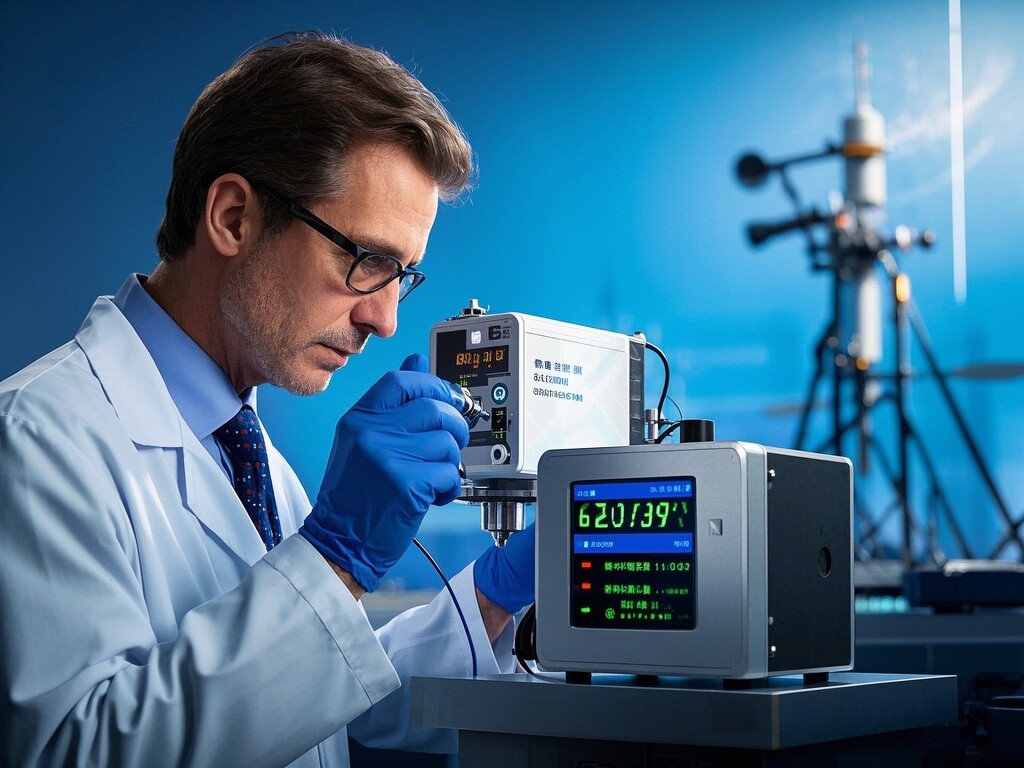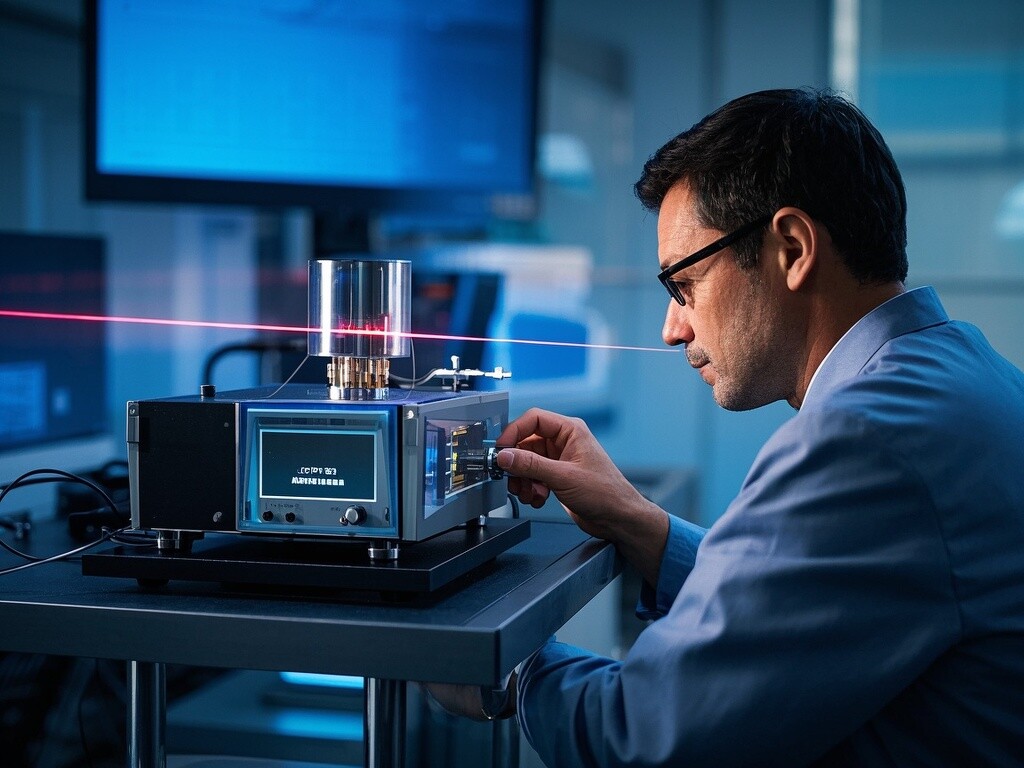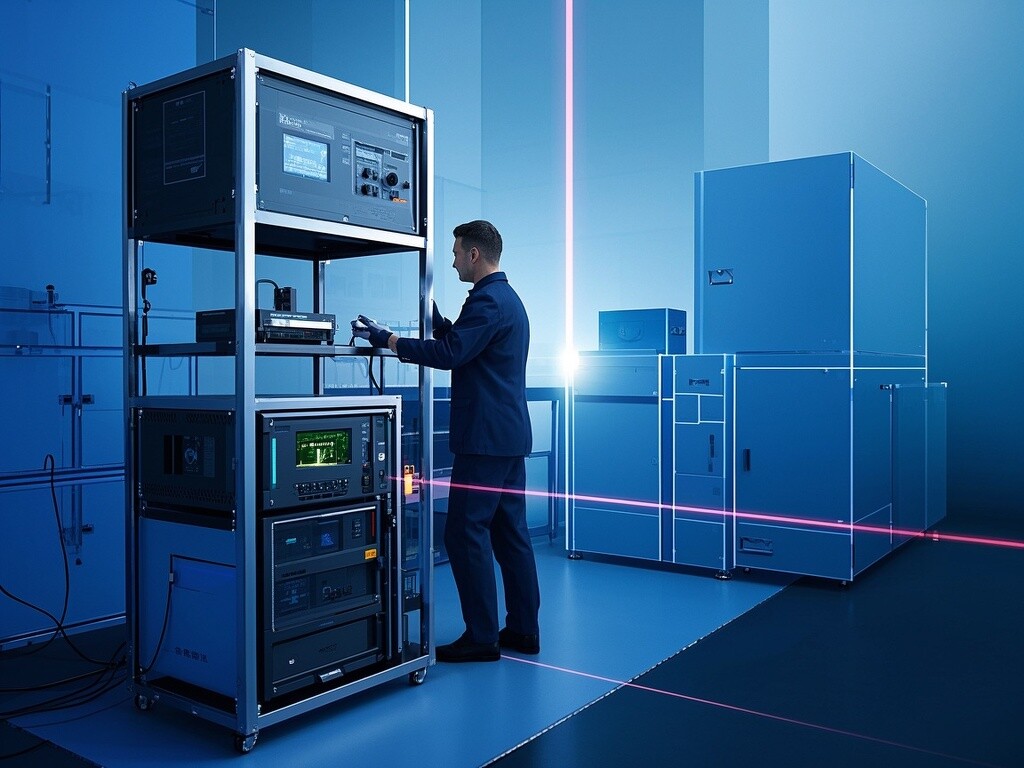RELATED
MESSAGE
In a new study, scientists have carried out the most comprehensive coordinated comparison experiment of optical atomic clocks (hereinafter referred to as "optical clocks") to date. They simultaneously operated multiple optical clocks and their connecting links in six countries, spanning thousands of kilometers, which is an important step towards a more precise definition of the basic time unit "second" and the establishment of a global optical time scale. In the latest issue of the journal Optica, teams from multiple research institutions published the results of this study.
Optical clocks use lasers to precisely excite atoms, causing them to transition between specific energy levels. These transitions generate extremely stable frequencies, just like the "ticking" in a clock, and can be used for timekeeping. Since there are many types of optical clocks that use different atoms, in order to fully utilize their high-precision potential, cross-regional comparisons must be carried out to confirm their consistency.
For decades, the globally unified time standard has been based on the average of the signals from multiple cesium microwave atomic clocks. However, the precision of optical clocks has far exceeded that of cesium clocks by about 100 times. With the progress of technology, more and more scientists are calling for the replacement of cesium clocks with optical clocks to redefine the "second" in the International System of Units.
In this experiment, a total of 10 different types of optical clocks in 6 countries were coordinated and compared, and 38 sets of frequency comparisons were completed. Among them, 4 sets were the first direct comparisons, and the precision of many other sets was also significantly improved.
Unlike previous pairwise clock comparisons, this experiment achieved the simultaneous comparison of multiple optical clocks for the first time and combined multiple link technologies, thus obtaining richer information. Through a whole set of coordinated measurements, the research team can simultaneously verify consistency and improve credibility. This is of great significance for determining which optical clocks are suitable for the definition of the new "second".
To achieve these comparisons, the research team needed to connect the frequency outputs of optical clock systems in various places. They adopted two methods: one was to use GPS satellite signals, which were applicable to all locations but had limited precision; the other was to transmit laser signals through optical fibers, which was 100 times more precise than the former but was only available among France, Germany, and Italy.
Helen Margolis, the head of the Time and Frequency Department at the National Physical Laboratory in the UK, said that the precise time and frequency signals provided by atomic clocks are at the core of modern technologies such as GPS, power grid dispatching, and financial transactions. This study is expected to improve the performance of the next-generation optical clocks, promote the development of new applications, and support more scientific explorations that rely on high-precision timekeeping.
CONTACT US
Please use the form below to get in touch.
If you need a reply we will get in touch as soon as possible.





